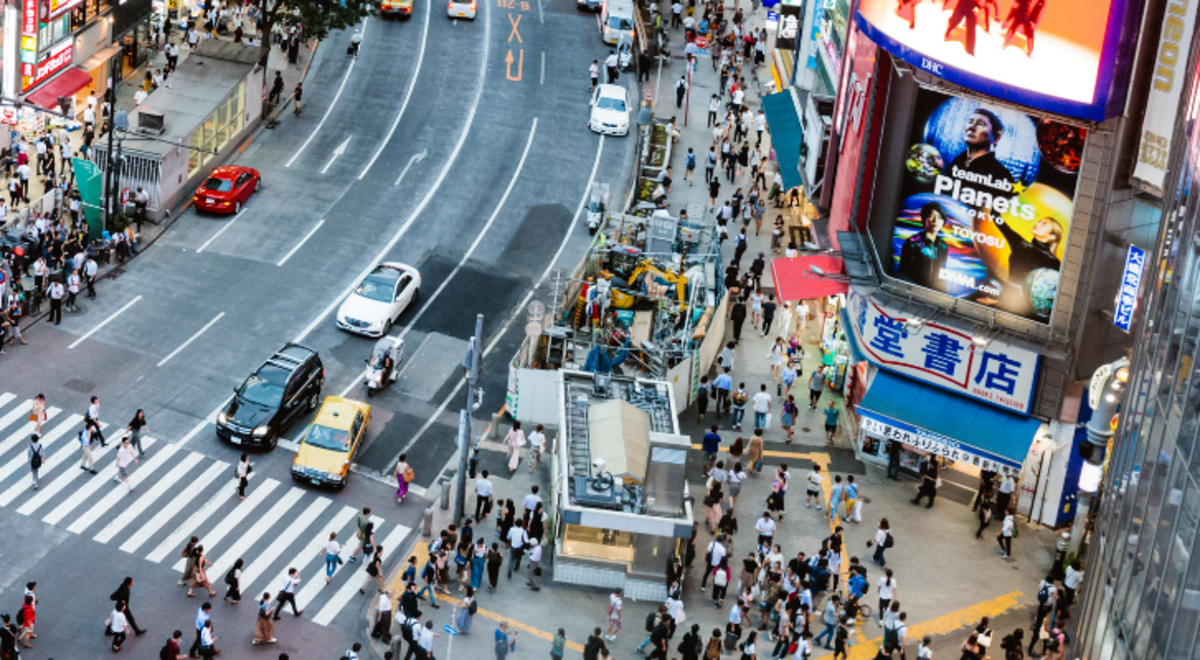Handy tips for visiting Japan for the first time
What you should know before visiting Japan
How much money do you need per day in Japan?
Where to go on your first trip to Japan?
The best places to stay in Japan?
The best time to visit Japan?
@japanontiktok Which one surprised you the most #japan #japanthings #travel #traveltiktok #viral Tokyo Drift - Xavier Wulf
How Do You Go To Japan For The First Time?
What You Should Know Before Visiting Japan
1. Never pour your own sake
2. Smoking is permitted inside in some restaurants
3. Tattoos aren’t welcome everywhere
4. Not everyone speaks English
5. Maps
Google Maps is extremely helpful for getting around on the Subway/Metro in major cities during your trip to Japan.
6. Japan’s train network is highly efficient
7. Internet is life
8. You have to buy the unlimited Japan Rail pass before leaving Australia
Short-term visitors can get an unlimited JR pass for two weeks. If you're planning to travel around the country, get one, but you must apply for this in advance before heading to Japan. Ask your travel agent to help you organise one. But make sure you will be travelling to enough cities for it to be worth it in your holiday budget.
9. It’s legal to drink in public
10. Exchange $AUD to ¥Yen before leaving Australia
Many places only accept cash Japanese Yen, and that's not just in the smaller or more rural cities and towns, that's in Tokyo too. For whatever reason, this highly advanced country still loves to deal in cash.
Tip: How much money do you need per day in Japan? Another great question. Travel budget for a minimum of $175 per day per person for average daily expenses in Japan. That works out to around $45 dollars on food, $30 on local transport and $100 on accommodation for one person, plus factor in extra costs for attractions or if you like to shop!
11. Keep it clean
@tomiclaire Welcome to Tokyu Hands! One of my favorite stores in Shinjuku Music: “Call me” by LiQWYD #travel #tokyo#japan#japanlife#tokyolife#tokyuhands original sound - トミコクレア Tomiko Claire
12. Shopping here is so different to other major cities and countries
There are so many fun, quirky and useful items to collect, so make sure to save money in your travel budget for shopping! In Tokyo, stores to visit include clothing and homewares store Muji (bigger and better than the ones in Sydney and Melbourne); Tokyu Hands department store where the arts and craft section is next level, there's free wifi to juice on and one location even has cats to play with; and check out the biggest discount store in the country, Don Quijote, for everything under the sun.
Tip: If vintage and second-hand thrifting is your bag, head to the trendy neighbourhood of Shimokitazawa.
13. Pick up a local travel card you can load up with money like the Pasmo or Suica
@shotaspov Rapid fire #Japanese words that you should know! Should I do more of these? #learnontiktok #learnwithme #japan #tokyo #japanpov #japantiktok #weeb Nippon Egao Hyakkei -ZZver.- / ニッポン笑顔百景 -ZZ ver.- - ももいろクローバーZ
14. Learn some basic Japanese language
15. Be prepared for it to get a little squashed (sometimes even claustrophobic)
16. Some restaurants will ask you to remove your shoes or even wear a robe
17. It’s rude to eat in the streets or while transiting
Where To Go On Your First Trip To Japan?
18. You’ll most likely fly into Tokyo
19. Hop on the bullet train with your trusty JR Rail Pass to Kyoto
20. Osaka is the country’s third-largest city
21. See some smaller towns and villages
Use your rail pass or look into car rentals to take some trips to see some smaller villages and towns – head to Nagano to see the famous snow monkeys and spend a night staying in a traditional ryokan or a traditional Japanese inn with an onsen. Speaking of onsens – you can't come to Japan and not onsen! If you want to try the outdoor hot springs experience, look for the word ‘rotenburo' and be sure to read up on onsen etiquette.
22. Fans of Japanese artist Yayoi Kusama
RELATED: The Beauty of Himeji Castle
23. Take a few day trips from Tokyo
How About The Best Places To Stay?
24. In Tokyo the best areas to stay in are those closest to the JR Yamanote Line
25. In Kyoto, stay near the Nishiki Market or the old quarter of Gion
26. In Osaka your best bets for where to stay are Umeda and Namba
When Is The Best Time To Visit Japan?
27. Japan is true to the seasons
28. Ski season
It's no secret Japan is one of the best countries in the world to hit the slopes. The ski season in Japan typically runs from mid-January to early-April. And there's some places and things that are even better in snowy weather, especially those iconic snow monkeys in Nagano - just don't forget travel insurance!
@melissa.jade.burdios Just magical #sakuraseason #cherryblossoms #sakurajapan #japanthings #ilovejapan #traveljapan sunflower - ︎
28. Cherry Blossoms
Want to catch the iconic pink flowers in bloom? The season is short-lived but incredible to witness if you catch the window between when the first blossoms appear in the last days of March till they come into full bloom in the first week of April.
29. Summer in the mountains
Hikers don't mind visiting Japan in the heat of summer as it's an ideal time to head outdoors and into the Japanese Alps and national parks where the weather is a little milder, just make sure to come prepared with travel insurance. Note the rainy season can run from the end of May until the middle of June or July.
30. Let it fall
Stop dreaming, start packing - your centre for travel has the rest covered!
Site quick links
Help & support
Flight Centre acknowledges the Traditional Custodians of Country throughout Australia.
© Flight Centre Travel Group Limited. ATIA Accreditation No. A10412.
*Travel restrictions & conditions apply. Review any specific conditions stated and our general terms at Terms and Conditions. Prices & taxes are correct as at the date of publication & are subject to availability and change without notice. Prices quoted are on sale until the dates specified unless otherwise stated or sold out prior. Prices are per person.






